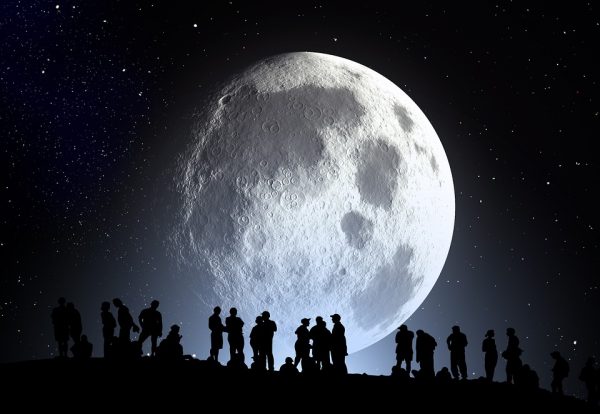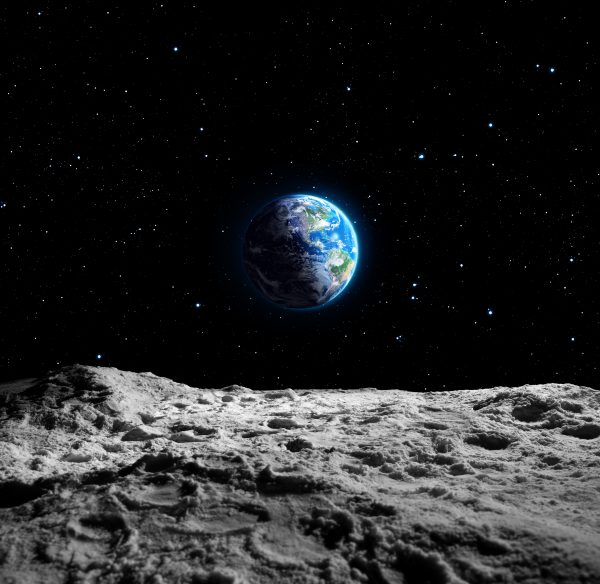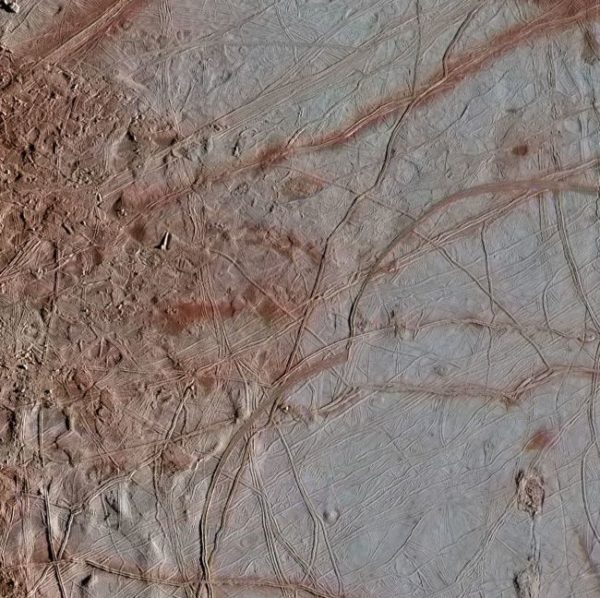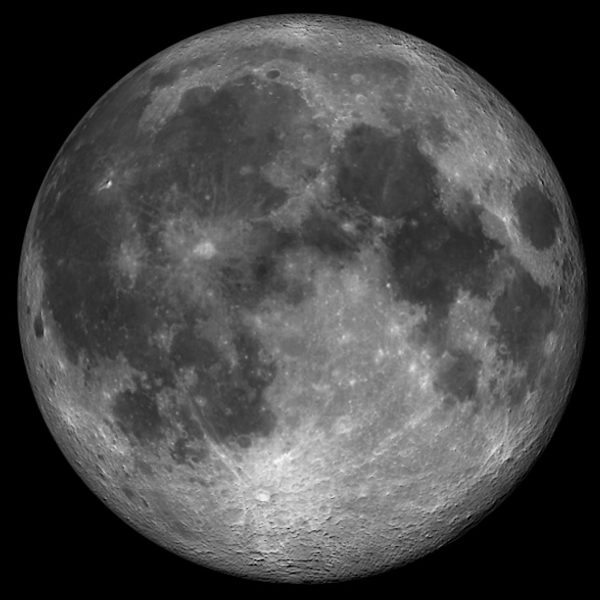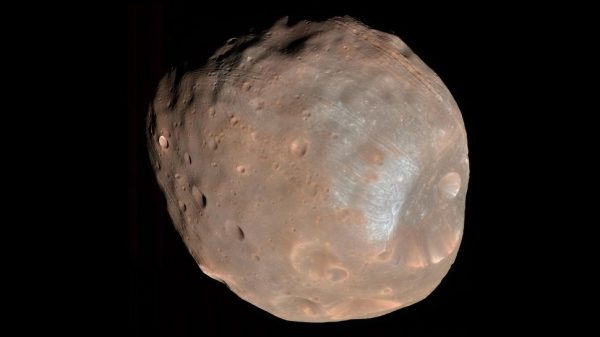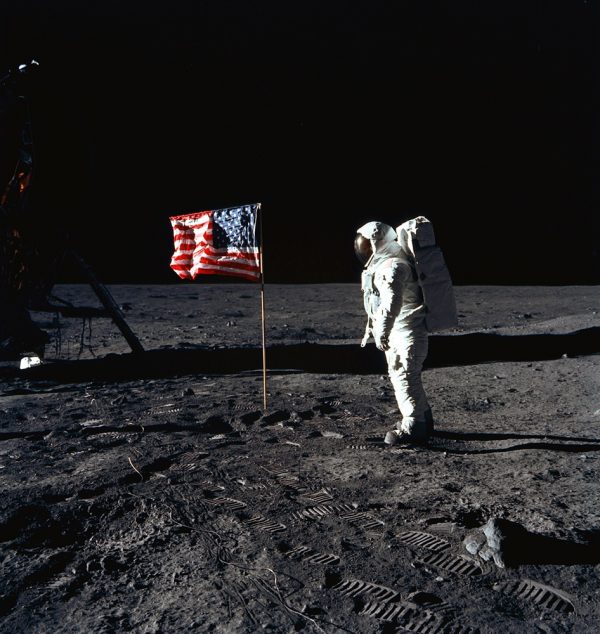SPACE: The Moon is Rusty, And It’s Earth’s Fault
The moon is turning ever so slightly red, and it’s likely Earth’s fault. Our planet’s atmosphere may be causing the moon to rust, new research finds. Rust, also known as an iron oxide, is a reddish compound that forms when iron is exposed to water and oxygen. Rust is the result of a common chemical reaction for nails, gates, the Grand Canyon’s red rocks — and even Mars. The Red Planet is nicknamed after its reddish hue that comes from the rust it acquired long ago when iron on its surface combined with oxygen and water, according to a statement … Read more



